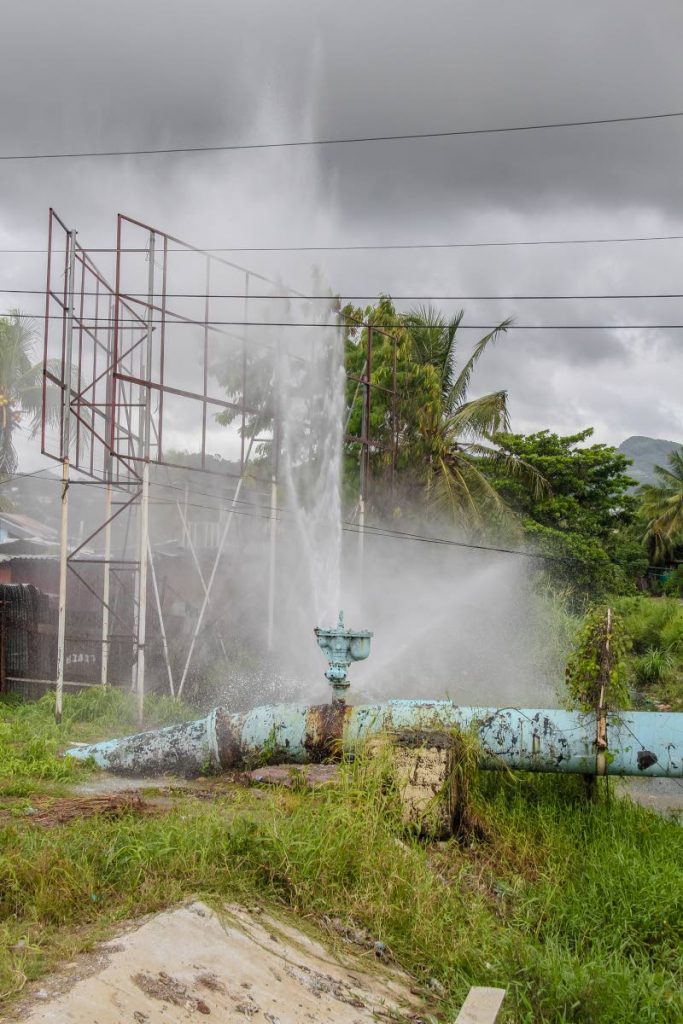WASA’s waste

The utility doesn't like to admit it, but when it comes to wasting water, the Water and Sewerage Authority (WASA) is this country's leading abuser of the national water resource. A conservative examination of data from WASA led Nigel De Freitas, a member of the Joint Select Committee on Land and Physical Infrastructure, to suggest that almost half the water that the utility puts into its pipelines is wasted through illegal connections and pipeline leakage.
To be sure, ageing pipelines are not the only cog in the machinery of water collection and distribution to be demonstrably broken, but it's the one that this country has been aware of longest and which has gone abegging for lasting solutions.
Mayaro MP Rushton Paray suggested that illegal structures which damage waterways contribute to problems with the water supply, but that's a different kind of infrastructural problem, as is the suggestion that there should be more collaboration between the Ministry of Works and WASA on planned roadworks. Those are legitimate issues, but they pale compared to the rolling collapse of the public water supply system.
WASA's issues are, at core, the result of a water distribution system that’s been hiccupping for two decades with no comprehensive plan for evaluation and replacement beyond haphazard patchwork. The first major project undertaken by the newly formed WASA in 1965 was the overdue upgrade of a water system that had been more assembled than built between 1902 and 1937.
The Lock Joint Project, which ran between 1962 and 1966 created centralised wastewater services, treatment systems and water catchments, bringing water to 212,000 people on 384km of water lines.
Properly laid ductile iron pipes used between the 1950s and late 1960’s have a useful life of 100 years, but it’s no secret that the million dollar Lock Joint project, a precursor of too many projects undertaken by TT governments since then, was a troubled one. Wastewater treatment plants have a useful life of 25 years and WASA maintains 36 of them, many built and maintained between 1979 and 2004 by the NHA.
It isn't uncommon for the utility's teams to patch one failing water main only to have it spring another leak a mile further on. That suggests problems with the pipeline infrastructure itself.
In 2015 the Minister of Water Resources and the Environment, Ganga Singh, announced a US$600 million project funded by the IDB over a four-year period to rationalise, expand and refurbish and expand sewer plants.
A comprehensive evaluation of the state of the nation’s water and sewerage systems is long overdue along with a serious plan to address the future of water delivery and waste treatment in TT.


Comments
"WASA’s waste"